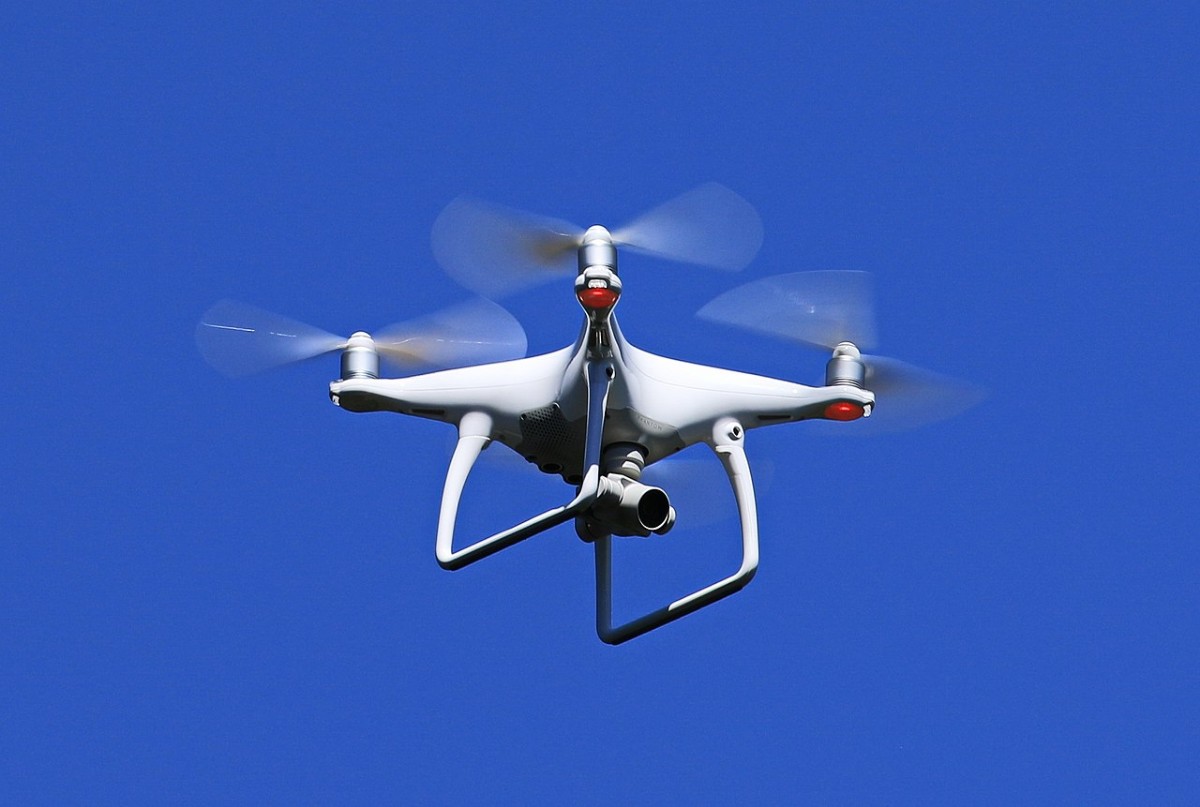 Photo Courtesy of Kora27, CC BY-SA 4.0
Photo Courtesy of Kora27, CC BY-SA 4.0
Weaponizing Technology: 21st Century Terrorism
Last week, a Houthi missile attack at an airport in Saudi Arabia injured 26 civilians. This event emphasized the fact that terrorist organizations are increasingly gaining access to better weapons systems and are finding more ways to spread their messages worldwide.
TV, Internet, and Social Media
In the 1970s, terrorist organizations took advantage of TV broadcasting to promote their ideologies and instill fear. At the Munich Olympics in 1972, networks covered terrorists attacking Israeli athletes in real-time. Recently, groups like ISIS aiming to reach their audience directly have created their own channels in order to avoid being beholden to the media.
The internet has also been widely utilized, enabling individuals to connect, communicate, and plan operations. It is also uniquely useful in radicalizing people from afar and providing virtual training that does not require people to travel to a physical base. The internet has promoted the use of other technology, like Google Maps, which has helped terrorists by providing information such as layouts of cities which can be used to plan escape routes and detect security points.
Finally, social media has aided terrorists in recruiting members and promoting propaganda. Some programs and phone apps, like Telegram, Signal, WhatsApp, allow people to talk without detection due to mobile encryption. Organizations also use social media platforms like Twitter and Facebook. In 2014, at the peak of ISIS’ social media activity, ISIS had 50,000 pro-ISIS Twitter accounts. Most recently, a terrorist live streamed his New Zealand shooting spree to Facebook through a camera on his helmet.
Advanced Weapon Technology
Terrorists have been increasingly interested in expanding technological capabilities that could be used as more effective weapons. Typical conventional weapons in a terrorist’s arsenal may consist of guns and bombs, including car, truck, and suicide bombings.
But devices like drones, which are relatively inexpensive, easy to buy and operate, and can provide anonymity, are becoming popular. Although the U.S. has not yet experienced a drone attack, FBI Director Wray told the U.S. Senate Homeland Security committee that there is a growing risk of this type of terrorist activity.
Organizations use drones for different purposes. Hamas and Hezbollah use drones to survey territory. ISIS uses them to collect intelligence, but the group also can use drones with IEDs and bombs. The organization first experimented with this type of technology in October 2016, when it attached a bomb to a drone which detonated upon being picked up, resulting in the death of 2 Kurdish soldiers. Later, ISIS developed a grenade-drop mechanism on drones.
In addition to drones, terrorists’ possession of missiles is concerning. Iran’s Revolutionary Guard Corps, which the U.S. designated as a terrorist organization, has a collection of ballistic missiles. But equally worrisome are man-portable air defense systems (MANPADS). These weapons, which are meant to strike planes flying at low altitudes, can be transported by one person, making them easy to smuggle and hide. It is possible that several terrorist organizations possess MANPADS. For example, Al-Qaeda is suspected of having many after thousands went missing in Libya in the early 2010s.
The international community is also concerned that terrorists are exploiting artificial intelligence (AI) and obtaining weapons of mass destruction (WMDs). Terrorists could use AI in numerous ways, such as mapping social networks and automating attacks. As barriers to entry for AI decrease with more people possessing knowledge and skills and tools becoming easier to use, increased competition among terrorist groups is likely.
Additionally, the threat terrorists armed with WMDs has lingered for years. ISIS has been known to use chemical weapons, such as sulfur mustard which it first used in an attack in August 2015. Compared to states, the use of chemical weapons by terrorist organizations remains virtually insignificant, but the greater threat lies in a group being able to seize unsecured arsenals or create dangerous compounds.
Our Technology Advantage
Although technology can be exploited, it can also be used to combat terrorism. Facebook is using AI to find and immediately remove terrorist content. In addition, “Facebook partnered with other tech companies, including Twitter, Microsoft, and YouTube, to create an industry database that documents the digital fingerprints of terrorist organizations.” Google is using AI in conjunction with the U.S. military on a project that targets ISIS by using data to recognize terrorists and analyze videos taken by drones.
The threat of terrorists manipulating technology is ever-present. It is vital that we continue to advance technology, so we can stay ahead and better counter terrorist threats. But it is even more important that we create policies to prevent terrorists from obtaining weapons in the first place.






